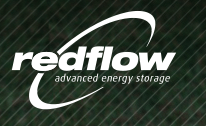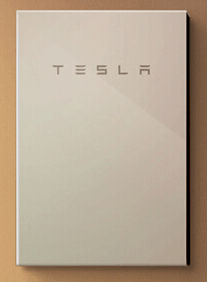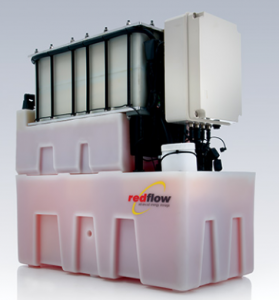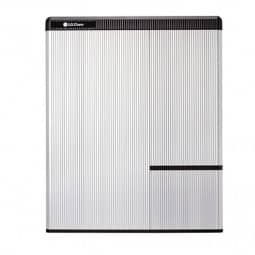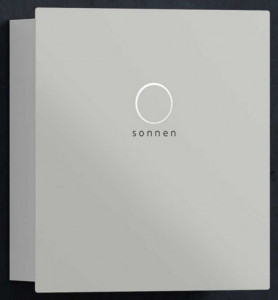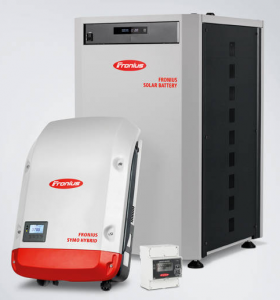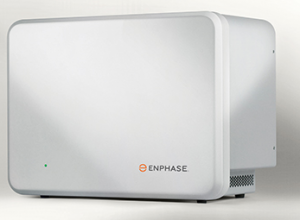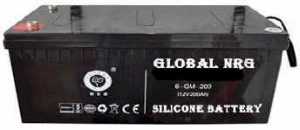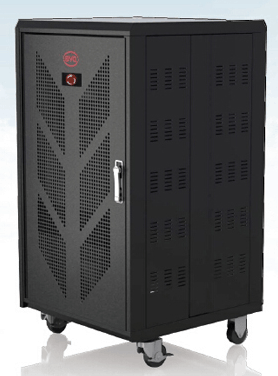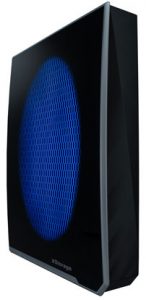A lot of Redflow news recently – the Australian solar battery manufacturer has had a fairly tumultuous 2017, with the temporarily halt in delivery of their zCell batteries to fix some operational issues, to a steadily sinking share price. The last couple of months had had more positive news, with an $800,000 sale of its ZBM2 batteries to New Zealand company Hitech Solutions and the establishment of a company in Thailand to manage the manufacturing process of its zinc-bromide flow batteries in South East Asia.
Redflow News: Equity, Thailand, Change in Direction..
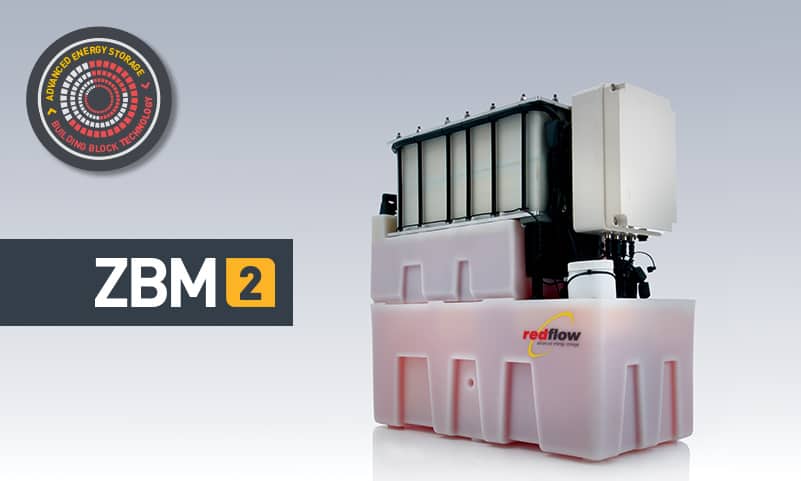
Redflow Limited made a statement to the ASX on August 17 where they noted that the final North American production batch of ZBM2 batteries is now in transit to Australia. They have a new manufacturing partner, Malaysian based MPTS, who have been a long term supplier of components for the Redflow battery. They have moved their manufacturing base from Flex in Mexico to Thailand, and have cut staff in Europe and the US in order to streamline operating costs.
They also completed an equity raising round via a share placement of $10.5 million in two portions to investors and another $4 million in shares to Hackett CP Nominees Pty Ltd (i.e. Redflow CEO Simon Hackett).
Hackett was positive about the future of the company, noting that “In May Redflow recorded its largest sale to date, to an energy systems integrator working in the telecommunications and network power sector.”
Meanwhile, Redflow Chief Operating Officer Richard Aird discussed the impact of moving manufacturing locations and hinted towards their plans for the future, posting on the Redflow website that “The activities Redflow is undertaking to transition manufacturing and to implement key product cost-down projects are critical to the future success of the company,”.
This comes off the back of a statement by Redflow that they were less bullish about the future of their ZBM2 zinc-bromide flow batteries in the residential sector in Australia, given the rapid sink in cost of mass produced lithium ion batteries and being unable to match these prices. A statement from the company advised that a strategic review has necessitated a change in focus:
“The review anticipates that this may not translate into strong sustained sales growth in the mid and late majority residential market, due to the price-sensitivity of competitive, highly commoditised markets, which tend to prioritise a low purchase price over technical advantages, such as those offered by Zinc-Bromine flow batteries.”
Quite a big quarter for Redflow news and we’ll be interested to see how its move into large arrays of battery storage goes – the company has identified that they will focus on more mature markets – industrial, commercial, off-grid, telecommunications companies where they will look to replace existing lead acid battery with their zinc-bromide offering.
Will the $800,000 sale to Hitech Solutions be a flash in the pan or a harbinger of things to come? It’s great to see how they have been flexible in terms of moving around their operational focus – hopefully this new focus will prove to be more fruitful than their foray into the residential market.

